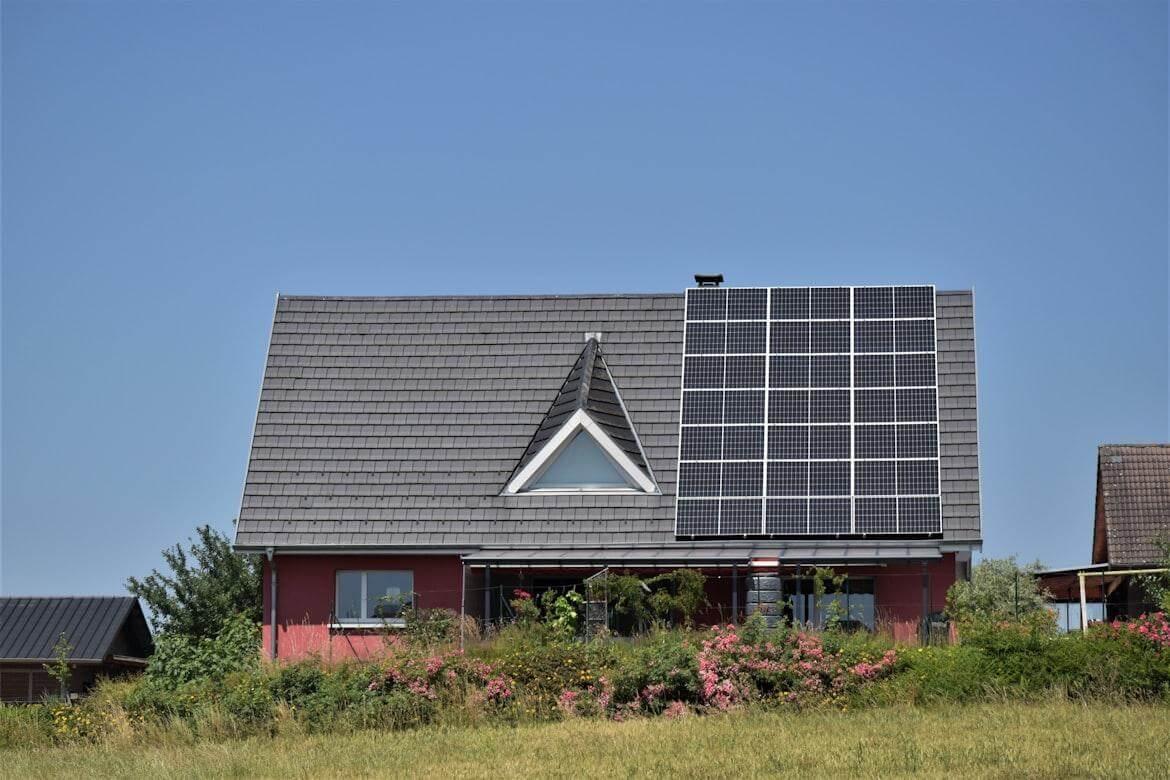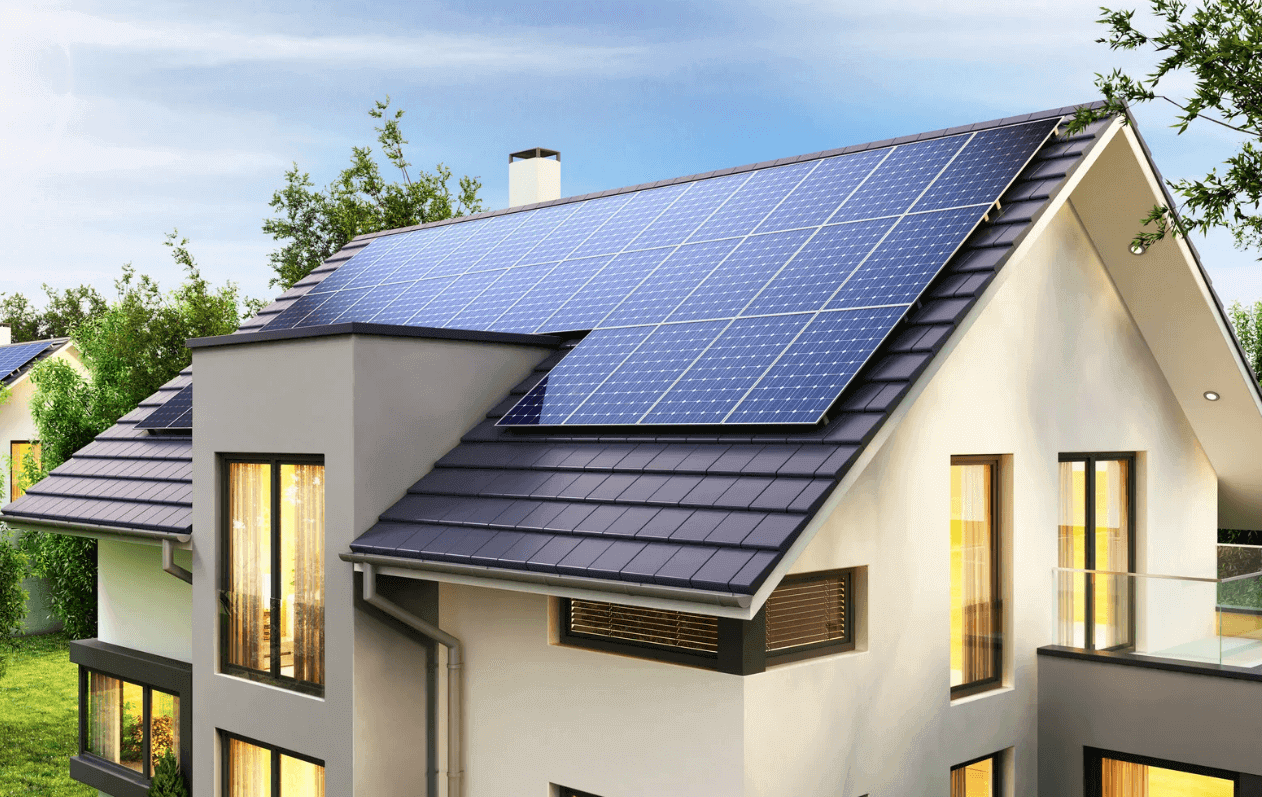Solar Technology Innovations That Are Reshaping the Energy Landscape
Solar technology innovations are at the forefront of reshaping the energy landscape, offering groundbreaking solutions that enhance efficiency and sustainability. From advanced solar panels to cutting-edge battery systems, these innovations are driving a new era of renewable energy utilization, significantly reducing carbon footprints and paving the way for a cleaner, more sustainable future.
The integration of solar technology into various sectors marks a pivotal shift in how we harness renewable energy. As global energy demands increase, the need for innovative solutions becomes more pressing. One of the most promising advancements is perovskite solar technology, known for its high efficiency and adaptability, which is revolutionizing the way solar energy is captured and utilized across different applications.

Innovations in Solar Panel Technology
Recent advancements in solar panel technology have significantly increased energy conversion rates and adaptability. Flexible solar panels, for instance, offer superior versatility compared to traditional silicon panels. These panels can be integrated into various materials, making them suitable for unconventional surfaces such as curved facades and irregular shapes. This flexibility not only maximizes space utilization but also enhances the aesthetic appeal of solar installations.
Moreover, the cost-effectiveness of producing flexible solar cells has made them a viable option for widespread adoption. Their lightweight nature reduces the structural load on buildings, facilitating easier installations and expanding their use across different building types, from residential homes to commercial skyscrapers. Despite challenges like long-term stability, ongoing research is focused on improving durability and efficiency, ensuring these technologies remain at the forefront of the energy landscape.
Bifacial solar panels represent another breakthrough in solar technology, capable of capturing sunlight from both sides of the panel. This dual-sided approach can increase energy yield by up to 30% compared to traditional panels, especially when installed over reflective surfaces like white roofs or light-colored ground covers. The technology is particularly effective in snow-covered regions, where reflected light can significantly boost energy production during winter months, making solar power more viable in areas previously considered unsuitable for solar installations.
Quantum dot solar cells represent the next frontier in photovoltaic technology, offering unprecedented potential for efficiency improvements. These nanoscale semiconductor particles can be tuned to capture specific wavelengths of light, potentially pushing conversion efficiencies beyond 45%. Current research focuses on developing quantum dot materials that are both stable and cost-effective for mass production, with several breakthrough demonstrations showing promising results in laboratory settings. This technology could revolutionize solar energy capture by harvesting previously unused portions of the solar spectrum.
Battery Innovations Driving Solar Efficiency
Advanced battery innovations are crucial in maximizing the potential of solar technologies. These batteries not only store energy but also ensure a consistent power supply by managing fluctuations in solar energy production. Innovations in battery technology have focused on enhancing storage capacity, extending lifespan, and reducing costs, making solar energy systems more reliable and efficient.
Lithium-ion batteries, known for their high energy density, are widely used in solar applications. Additionally, emerging technologies like solid-state batteries offer promising advancements in safety and efficiency. These innovations are essential for creating resilient solar energy systems that can adapt to varying conditions and user needs, further solidifying their role in reshaping the energy landscape.
Flow batteries are emerging as a promising alternative for large-scale energy storage applications. Unlike traditional batteries, flow batteries store energy in liquid electrolytes, allowing for easy scaling by simply increasing the size of storage tanks. This technology offers exceptional longevity, with some systems capable of maintaining performance for over 20 years without significant degradation. The ability to independently scale power and energy capacity makes flow batteries particularly attractive for grid-level storage and industrial applications.
Integrating Solar and Battery Technologies
The integration of advanced solar and battery technologies enhances overall energy performance, creating smart systems that autonomously manage energy resources. By combining flexible solar panels with innovative batteries, buildings can optimize energy flow, reducing dependency on external power sources and minimizing energy waste.
Smart grids play a crucial role in this integration, offering real-time monitoring and management capabilities. These grids provide insights into consumption patterns, allowing for performance optimization and greater control over energy use. This synergy between solar and battery technologies not only supports sustainability but also contributes to cost savings and environmental benefits.
Artificial intelligence and machine learning algorithms are revolutionizing how integrated solar-battery systems operate. These advanced technologies can predict weather patterns, energy consumption trends, and optimal charging cycles, automatically adjusting system parameters for maximum efficiency. By analyzing historical data and real-time conditions, AI-powered systems can make intelligent decisions about when to store, use, or sell excess energy back to the grid, maximizing both environmental benefits and financial returns for system owners.
Environmental Impact and Future Prospects
The adoption of integrated solar and battery solutions has profound implications for environmental sustainability. By reducing reliance on fossil fuels, these systems significantly decrease greenhouse gas emissions, aligning with global efforts to combat climate change. In urban environments, building-integrated solutions offer an effective way to harness renewable energy without compromising aesthetics or functionality.
Beyond individual buildings, the widespread adoption of these technologies could revolutionize urban planning, promoting green cities powered by renewable resources. This vision extends beyond reducing emissions; it encompasses enhancing air quality and improving public health outcomes through cleaner environments. As solar technology innovations continue to reshape the energy landscape, they hold the promise of a more sustainable and resilient future.
The circular economy aspects of solar and battery technologies are gaining increased attention, with manufacturers developing innovative recycling processes for end-of-life components. Advanced recycling techniques can now recover up to 95% of materials from old solar panels and batteries, significantly reducing waste and environmental impact. This focus on sustainability throughout the product lifecycle is creating new industries and job opportunities while ensuring that renewable energy solutions truly deliver on their promise of environmental stewardship.

